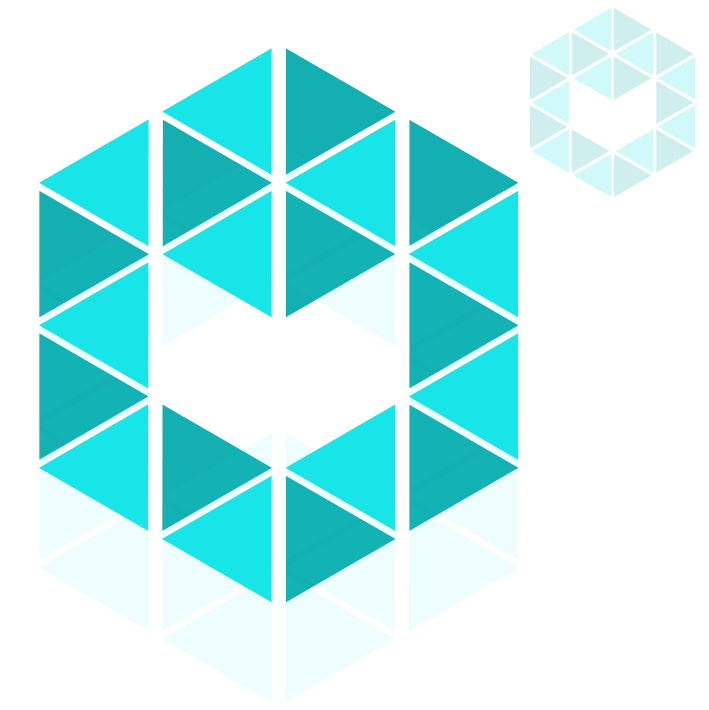Smart buildings are ordinary buildings equipped with several devices that support every-day living and optimize expenses. IoT devices in smart buildings include smart sensors that monitor environmental conditions, the consumed and produced energy levels, etc., while smart devices allow to perform certain key actions, e.g., control an HVAC to regulate the inside temperature. Through monitoring of the system and the building environmental conditions, as well as through the ability to optimize the system’s performance manually or automatically, stakeholders are allowed to manage efficiently and easily their premises, either in a personal dwelling setting or an industrial building one.
Smart, Sustainable and Efficient Buildings (UC3) will collect various information, including the building, the system as well as the environmental conditions. To improve the living conditions there several smart devices and censors which include indoor temperature and humidity sensors, light luminance sensors, smart controllable lights, CO2 sensors, motion sensors, HVACs to allow for the proper regulation of indoor temperature, and a weather station to support informed decisions of the building’s and system’s operation. Also, to facilitate the optimization of the building’s bills, electrical energy meters and photovoltaics are placed to monitor the wholesome electrical consumption and to generate electrical and thermal energy.
It is worth noting that often the complexity of such IoT systems, that use a numerous unique devices with different needs for communication and connection to proper cloud storages, might pose a challenge in the integration process under a simple to understand and use interface. The TERMINET platform will provide proper data integration into a unified interface that allows for monitoring and control of the overall system in an intuitive manner. The platform will allow monitoring of current conditions as well as historical ones. Through machine learning, historical data will be leveraged to forecast future conditions (e.g., energy consumption) in order to take precautionary measures and plan the system’s usage properly to improve living conditions and optimize energy consumption. Through Federated Learning, machine learning models will be able to use data from various sources to increase their availability for training in view of increasing performance that otherwise would not be achievable. Last but not least, Edge Nodes ensure low latency network communication that will result in reduced time for data processing, that will provide building stakeholders with timely information for decision making.
